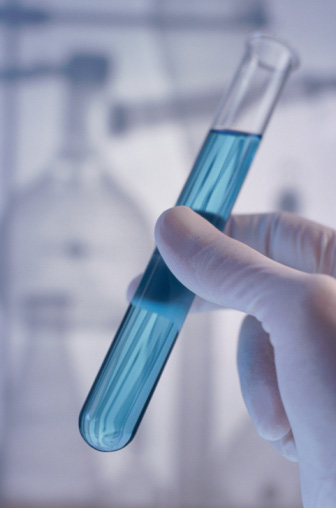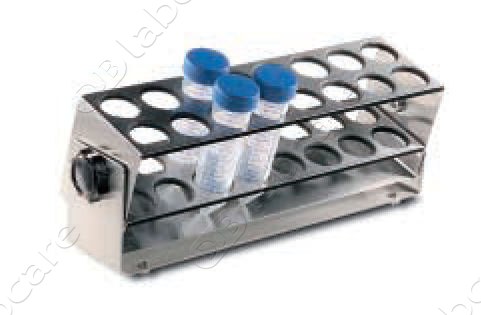IX. Biogeochemical Cycles – transfer of some key elements of life from the biotic and abiotic components of the ecosystem
Three Key Points
- each cycle has an abiotic reservoir
- a portion of chemical cycling can rely completely on geological processes
- some chemicals require processing before they are available as inorganic nutrients
Key elements:
- Nitrogen – N
- Oxygen – O
- Carbon – C
- Hydrogen – H
- Phosphorus - P
A. Hydrologic or Water Cycle – collects, purifies and distributes the earth’s fixed supply of water (reservoir: bodies of water
1. Evaporation – conversion of water into water vapor
2. Transpiration – evaporation from the leaves of water extracted from soil by roots and transported throughout the plants
3. Condensation – conversion of water vapor to droplets of water
4. Precipitation – rain, sleet, snow, hail
5. Infiltration – movement of water into soil
6. Percolation – downward flow of water through soil and permeable rock formations to groundwater storage areas called aquifer
7. Runoff – downslope surface movement back to the sea
B. Carbon Cycle – based on the form CO2; key component of nature’s thermostat; between producers and consumers (reservoir: CO2 – atmosphere; CO – ocean floor)
How carbon is released into the atmosphere:
1. Extraction and burning of natural gas, petroleum, coal, etc.
2. Aerobic Respiration
a. Consumers: sugar + O2 CO2 + O2
3. Volcanic Eruption
4. Reaction in the Bodies of Water
a. Photosynthesis of Vegetation in the Water
Producers: CO2 + H2O sugar
b. Pollution
5. Geologic Activities (earthquake and erosion)
C. Nitrogen Cycle – 78% of air; can be the limiting factor for the growth of plants and animals (reservoir: atmosphere and ocean floor)
1. Lightning or Bacteria – converts N2 to usable nitrates, nitrites and ammonium
2. Nitrogen Fixation – process of converting free nitrogen into nitrates, nitrites or ammonia
D. Phosphorus Cycle (reservoir: sediments in the soil)
– describes the movement of phosphorus through the lithosphere, hydrosphere and biosphere
– the atmosphere foes not play a significant role in the movement of phosphorus since phosphorus based compounds are usually solids
– essential nutrient for plants and animals in the form of phosphate and bi phosphate
– a part of deoxic ribonucleic acid (DNA) and ribonucleic acid (RNA) molecules that store energy and of fats of cell membranes
– building blocks of certain parts of the human and animal body such as bones and teeth
– phosphorus does not enter the atmosphere; it is mostly in rock and soil
– 80% of the phosphorus Is used to make fertilizers and a type of phosphorus (dilute phosphoric acid) – used in soft drinks
– also cause pollution problems in lakes and streams
– normally occurs in nature as part of a phosphate ion, the most abundant form (orthophosphate)
– geologic processes can bring ocean sediments to land
– weathering will carry phosphate to terrestrial habits
– plants absorb phosphates from soil then bind the phosphate into organic compounds. The plants may then be consumed by herbivores who in turn may be consumed by carnivores. After death, the animal or plant decays and the phosphates are returned to the soil. Runoff may carry them back to the ocean or the may be reincorporated into rock.
– movement through plants and animals is quick
– movement through soil or ocean is very slow
– one of the slowest biogeochemical cycles
– limiting nutrient found in streams, lakes and fresh water environments
– human interference occurs by overuse of careless use of phosphorus fertilizers which results in increased amounts of phosphorus as pollutants in bodies of water
E. Sulfur Cycle – one of the constituents of many proteins, vitamins and hormones (reservoir: ocean floor and volcanoes)
1. Hydrogen sulfide changes in forms
2. Mineralization of organic sulfur to the inorganic form for living things to take: hydrogen sulfide
3. Oxidation of sulfide and elemental sulfur and related compounds to sulfate which is toxic to plants
4. Reduction of sulfate to sulfide
5. microbial immobilization of the sulfur compounds and subsequent incorporation into organic form of sulfur
6. human impact on the sulfur cycle – sulfur dioxide production from industry (ex. Burning coal) and the internal combustion engine
7. considered a secondary element along with calcium and magnesium
8. required in moderate amounts by plants
9. Manure contains sulfur in both organic and inorganic forms. A portion of sulfur in manure will be readily available as sulfate
10. The other portion that exists as organic sulfur must be converted (mineralized) to sulfate by soil microorganisms before it can be utilized by plants. Most of the sulfur in the soil is in organic matter.
X. Inferences – statements made through observation; interpretations based on observations; opinionated
Factors that influence inferences
A. observed things or events
B. preconceived idea of the interpreter
C. background of the interpreter
...............................










